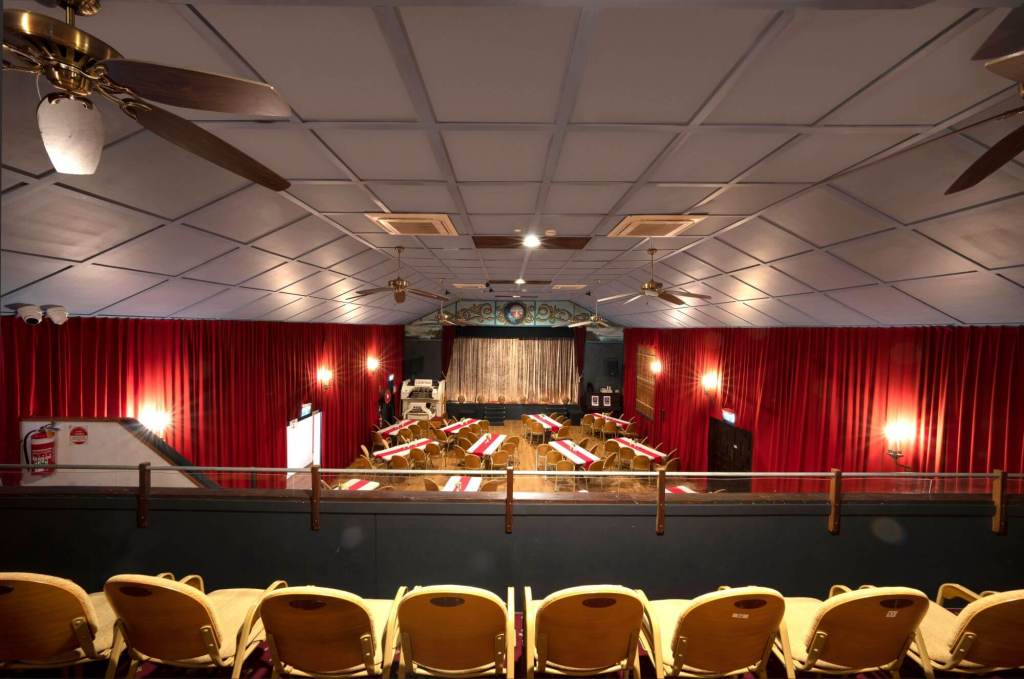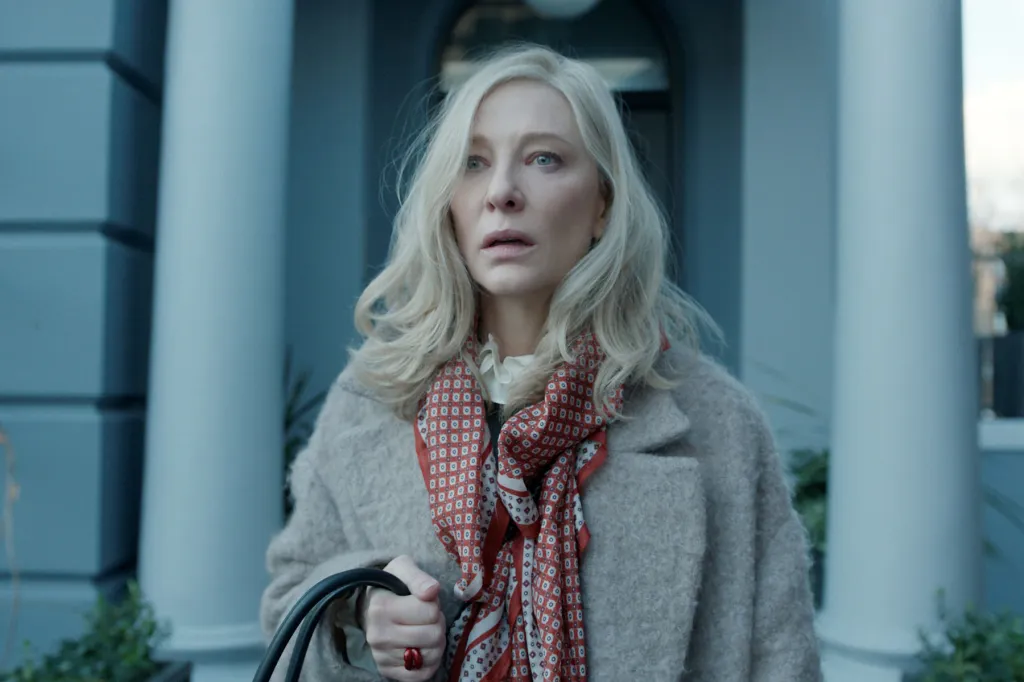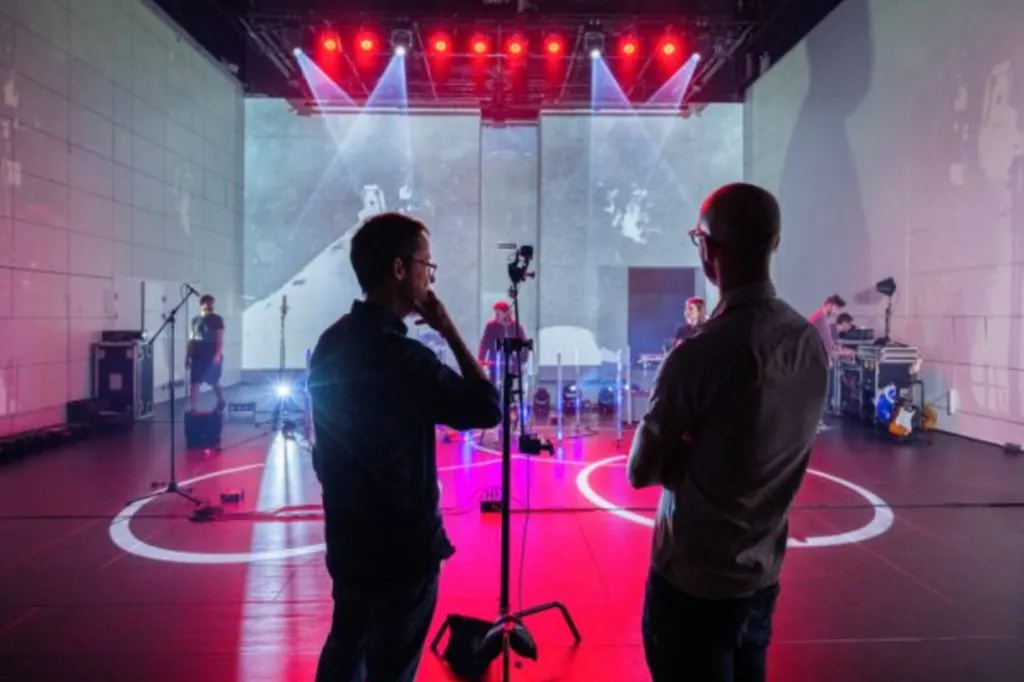Quiet on set! Silence is still golden
Silent films are a welcome respite from our fast-paced lives in a high-tech age, so take a seat in the Majestic Theatre at Pomona where the golden oldies shine on the big screen every weekend.

The silent film era wasn’t very long, not really. It ran from the mid-1890s until the late 1920s, which isn’t even 40 years.
But when you think about it, “golden eras” of entertainment typically don’t last for much longer than that, whether it’s vaudeville, cable television or DVDs. On the basis of history, streaming will be subsumed by something else within a generation.
Still, during that period an awful lot happened with silent movies. They went from flickering homemade images screened on sheets to a billion-dollar industry, with outposts in every developed country in the world, especially France, Germany and the US.
By the 1920s Hollywood had an unprecedented stranglehold on popular culture, with silent film stars such as Charlie Chaplin and Mary Pickford enjoying a fame (and wealth) unimaginable for any previous artist in human history. Then, seemingly overnight, movies could talk and silent films became obsolete.
Or did they? Because silent cinema is still very much a presence in our culture today. One of the most popular films that is screening at the moment, Nosferatu, is a remake of a 1922 silent picture. The image of Batman’s greatest nemesis, The Joker, was directly taken from the 1928 silent, The Man Who Laughs.
You might like
Countless stories on TikTok and Instagram, not to mention numerous commercials, cartoons and videos, are modern-day silent movies – mostly visual, with no dialogue, just titles and music. (Note that silent films were never actually silent, usually accompanied by a lecturer and/or music. A more accurate term is “dialogue free”.)
Hollywood continues to make movies about silent movies (Babylon, The Artist, Hugo) and silent iconography can be found in everything from Sunset Boulevard and Pixar films to Beetlejuice Beetlejuice and Katy Perry videos. I’m part of a generation that grew up making silent movies on Super 8 film.
Audiences still flock to silent film festivals and watch them on the internet – there’s a clip of Charlie Chaplin from The Circus that has had 115 million views in seven years. Silent film stars, all long gone, somehow still manage to be recognisable – Chaplin, Keaton, Garbo, Fatty Arbuckle, Clara Bow, Louise Brooks. I’m not pretending the glory days are ever coming back – that ship sailed in 1927 – but as an art form it’s still very much present.
Silent film buffs have been reasonably well served in Brisbane over the years. I recall seeing the 1926 Ben Hur play with a full orchestra at World Expo ’88 and watching Son of the Sheik with an accompanying organist at the old Metro Arts cinema.
Subscribe for updates
Today, GOMA routinely presents silent movies in its Australian Cinematheque, and every week you can see a silent at the Majestic Theatre in Pomona, 30km west of Noosa.
I visited the Majestic recently to watch the 1922 Hollywood film The Toll of the Sea, a version of Madame Butterfly. One of the first movies made in colour, it provided an early star role for Anna May Wong, the first Chinese-American actress to gain international recognition (she inspired the character Lady Fay in the film Babylon).
The screening was accompanied by musician Chris Rose, whose score, played on a 1937 Compton organ, beautifully serviced the action on screen. There were at least 100 people in the audience, ranging from retirees to small kids – including a surprising number of teens, possibly dragged there by parents keen to get their kids off their screens and into a new kind of screen. A great deal of charm was provided by the cinema itself, which is more than 100 years old.
If you ever get a chance to watch a silent film at a cinema – any cinema – I’d urge you to take it. Yes, they’re available online but nothing beats giving one your full attention on a big screen with an audience, listening to music, getting information from visuals, appreciating the art of title writing. It’s a different way of appreciating an art form – you have to adjust your senses a little – but it is rewarding.
Of course, Australia has a rich tradition in silent filmmaking. We produced, arguably, the world’s first feature film in 1906 (The Story of the Kelly Gang) and had a genuinely productive industry in the silent era despite the efforts of various governments that would do things like ban bushranger movies (our most popular local genre) because they might inspire, er, more bushrangers.
Our greatest surviving silent film, The Sentimental Bloke, is especially effective without dialogue because the titles enable direct use of C.J. Dennis’ splendid verse.
A number of silent movies were even shot in Queensland – such as Charles Chauvel’s The Moth of Moonbi and Greenhide, and the Fatty Finn movie The Kid Stakes (mostly filmed in Sydney but the goat race climax was shot in Rockhampton because goat races were illegal in NSW).
The Majestic screenings are very much part of this tradition and worth a visit on your next free Saturday.

